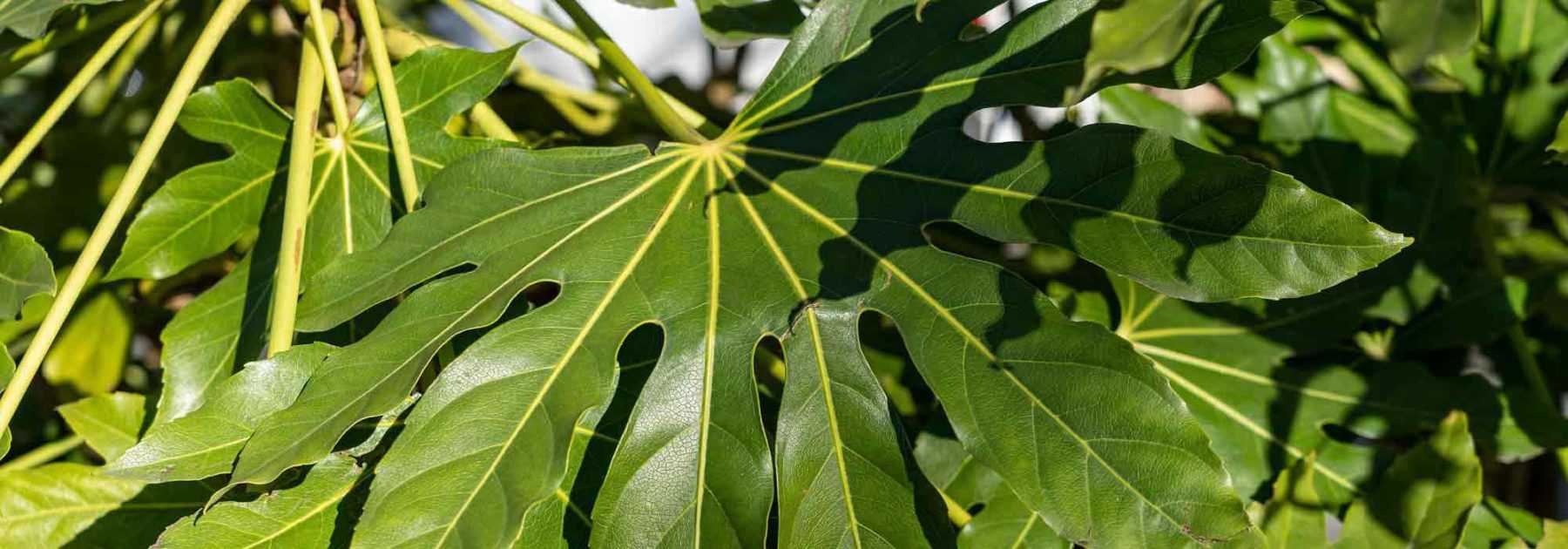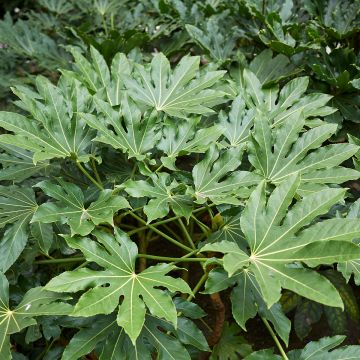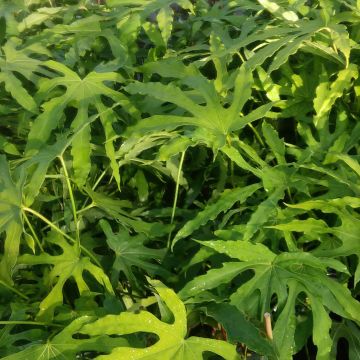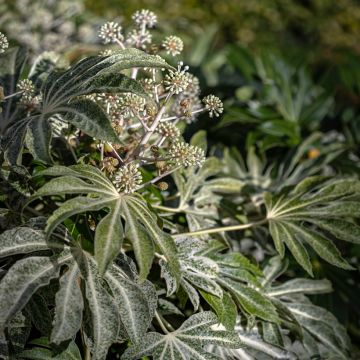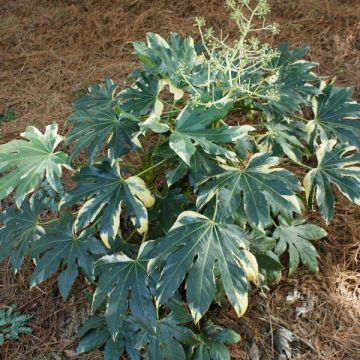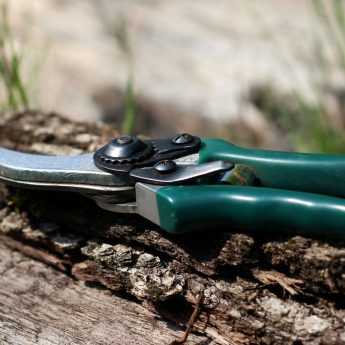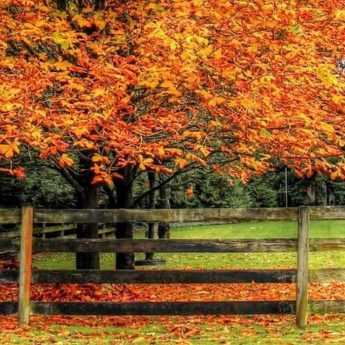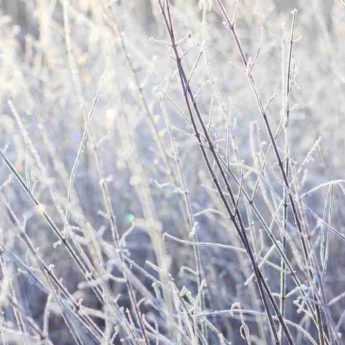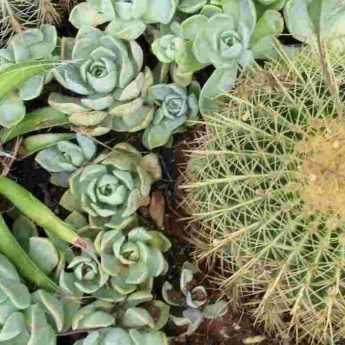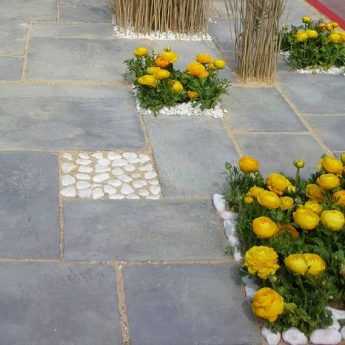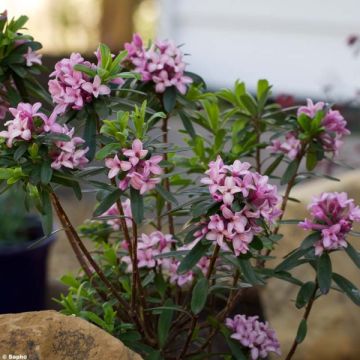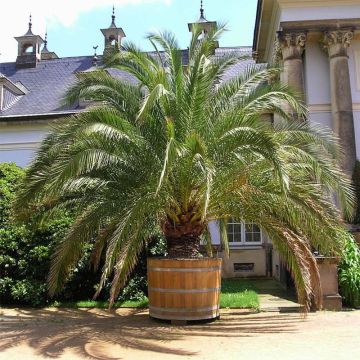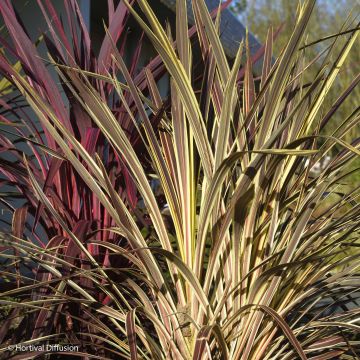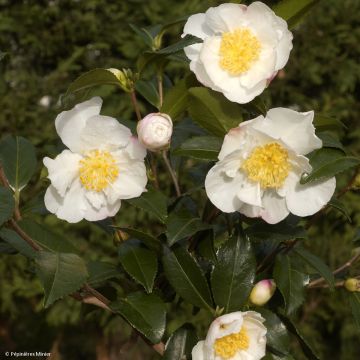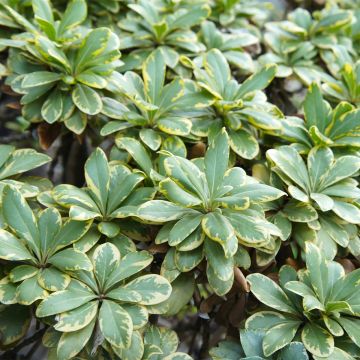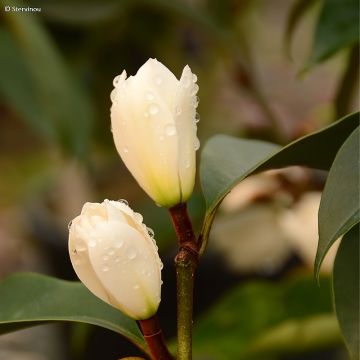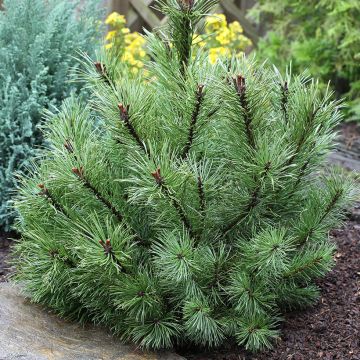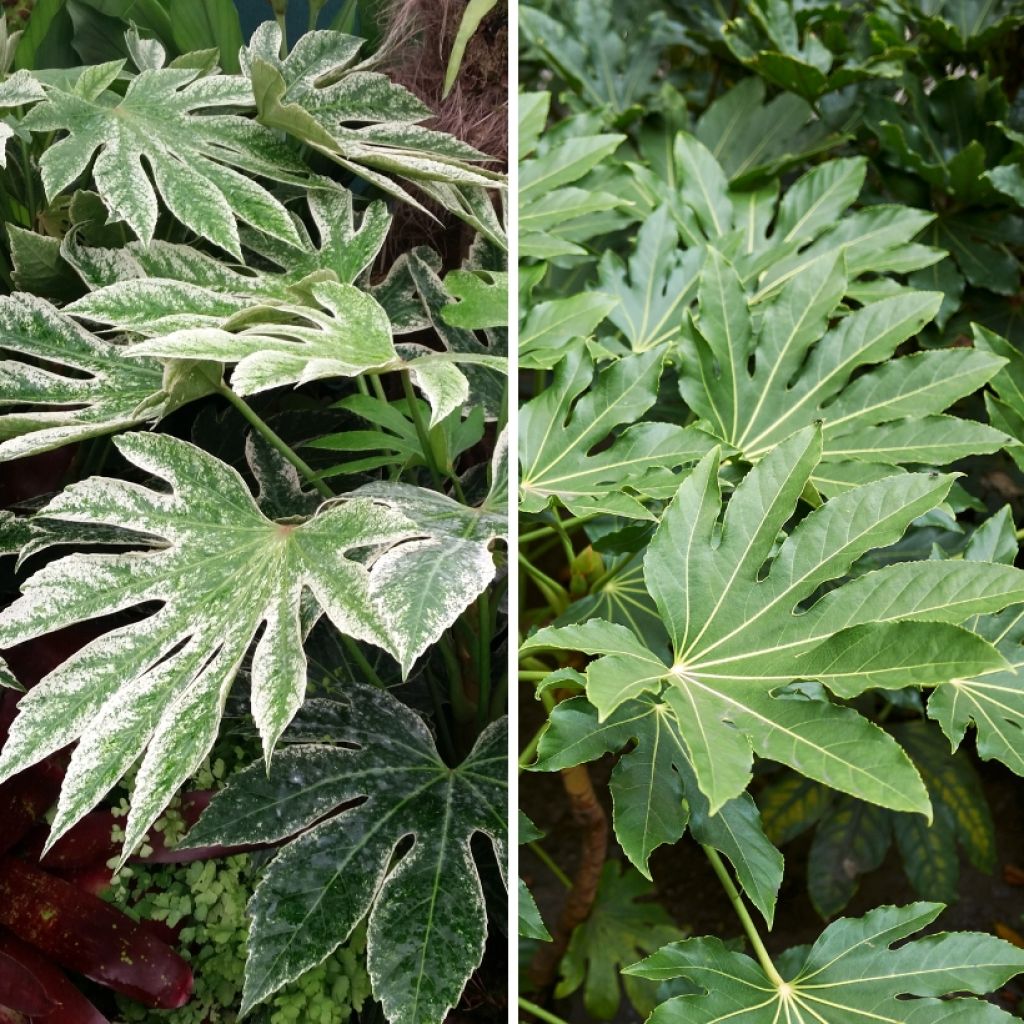

A pair of exotic looking Fatsias
A pair of exotic looking Fatsias
Fatsia japonica sp., Spider's Web
Japanese Aralia, Fatsi, Paperplant, False Castor Oil Plant
Home or relay delivery (depending on size and destination)
Schedule delivery date,
and select date in basket
This plant carries a 24 months recovery warranty
More information
We guarantee the quality of our plants for a full growing cycle, and will replace at our expense any plant that fails to recover under normal climatic and planting conditions.
Would this plant suit my garden?
Set up your Plantfit profile →
Collection items (0 plants)
Description
This pair of exotic-looking Fatsias will delight enthusiasts of exotic gardens or jungle-inspired landscapes, especially in cool climates. These giant perennial plants, called Japanese Fatsia, slowly reach 2m in all directions. They have sculptural vegetation and large (15 to 30 cm wide), shiny, palmate leaves, reminiscent of tropical forests. These two varieties are grown primarily for their extraordinary foliage but also offer a creamy white flowering, attractive to bees, and then small berries sought after by birds in winter. They can be planted in large separate pots to decorate the terrace or used to create a large bed. These plants immediately create an atmosphere of lush and exotic undergrowth, while enhancing shady areas.
It consists of:
1 Fatsia japonica: leaves of a uniform, dark, shiny green.
1 Fatsia japonica 'Spider's Web': variegated leaves splashed with small creamy white spots on a dark green background.
Hardy down to -12/-15°C, once well established, Fatsia japonica is a plant for light and moist undergrowth that thrives in semi-shaded positions, in humus-bearing, rich, acidic soil that does not dry out too much in summer. Its foliage can be damaged by snow and winter winds. It thrives in very sheltered locations, protected from cold and dry winds, which will greatly improve its hardiness. Plant it in a slightly shaded location, respecting a distance of 1m between each plant. To create an exotic bed, you can plant lower plants in front of this pair of Fatsias, chosen for their luxuriant foliage like rodgersias or giant hostas. To create a beautiful background, opt for a Chinese windmill palm, a non-running bamboo, Fargesia 'Asian Wonder', or a Chilean rhubarb.
You can also grow these Fatsias in large-volume containers (40 litres). They will need to be regularly watered from spring to autumn and will appreciate the addition of fertiliser for green plants.
Plant habit
Flowering
Foliage
Botanical data
Fatsia
japonica
sp., Spider's Web
Araliaceae
Japanese Aralia, Fatsi, Paperplant, False Castor Oil Plant
East Asia
Other Fatsia
View all →Planting and care
Fatsia japonica prefers slightly acidic soils, so you should enrich your planting hole with leaf compost. Lighten the soil with a bit of sand to improve drainage (beneficial in winter). Also, be careful to plant it in a sheltered location away from the wind and preferably in partial shade. You can water it in summer to maintain some moisture at the base of the plant and mulch the base to save on watering. In winter, do the opposite, make sure it is dry. It is wise during this period to protect it with a winter cover. When the leaves of your false aralia turn yellow in winter, it is often due to low temperatures, in summer, it is due to drought, so mist the plant with a bit of water. Prune any branches you find unsightly in spring. In autumn, you can remove the clusters of fruits as soon as they appear to make the leaves grow larger.
Planting period
Intended location
Care
Planting & care advice
This item has not been reviewed yet - be the first to leave a review about it.
Similar products
Haven't found what you were looking for?
Hardiness is the lowest winter temperature a plant can endure without suffering serious damage or even dying. However, hardiness is affected by location (a sheltered area, such as a patio), protection (winter cover) and soil type (hardiness is improved by well-drained soil).

Photo Sharing Terms & Conditions
In order to encourage gardeners to interact and share their experiences, Promesse de fleurs offers various media enabling content to be uploaded onto its Site - in particular via the ‘Photo sharing’ module.
The User agrees to refrain from:
- Posting any content that is illegal, prejudicial, insulting, racist, inciteful to hatred, revisionist, contrary to public decency, that infringes on privacy or on the privacy rights of third parties, in particular the publicity rights of persons and goods, intellectual property rights, or the right to privacy.
- Submitting content on behalf of a third party;
- Impersonate the identity of a third party and/or publish any personal information about a third party;
In general, the User undertakes to refrain from any unethical behaviour.
All Content (in particular text, comments, files, images, photos, videos, creative works, etc.), which may be subject to property or intellectual property rights, image or other private rights, shall remain the property of the User, subject to the limited rights granted by the terms of the licence granted by Promesse de fleurs as stated below. Users are at liberty to publish or not to publish such Content on the Site, notably via the ‘Photo Sharing’ facility, and accept that this Content shall be made public and freely accessible, notably on the Internet.
Users further acknowledge, undertake to have ,and guarantee that they hold all necessary rights and permissions to publish such material on the Site, in particular with regard to the legislation in force pertaining to any privacy, property, intellectual property, image, or contractual rights, or rights of any other nature. By publishing such Content on the Site, Users acknowledge accepting full liability as publishers of the Content within the meaning of the law, and grant Promesse de fleurs, free of charge, an inclusive, worldwide licence for the said Content for the entire duration of its publication, including all reproduction, representation, up/downloading, displaying, performing, transmission, and storage rights.
Users also grant permission for their name to be linked to the Content and accept that this link may not always be made available.
By engaging in posting material, Users consent to their Content becoming automatically accessible on the Internet, in particular on other sites and/or blogs and/or web pages of the Promesse de fleurs site, including in particular social pages and the Promesse de fleurs catalogue.
Users may secure the removal of entrusted content free of charge by issuing a simple request via our contact form.
The flowering period indicated on our website applies to countries and regions located in USDA zone 8 (France, the United Kingdom, Ireland, the Netherlands, etc.)
It will vary according to where you live:
- In zones 9 to 10 (Italy, Spain, Greece, etc.), flowering will occur about 2 to 4 weeks earlier.
- In zones 6 to 7 (Germany, Poland, Slovenia, and lower mountainous regions), flowering will be delayed by 2 to 3 weeks.
- In zone 5 (Central Europe, Scandinavia), blooming will be delayed by 3 to 5 weeks.
In temperate climates, pruning of spring-flowering shrubs (forsythia, spireas, etc.) should be done just after flowering.
Pruning of summer-flowering shrubs (Indian Lilac, Perovskia, etc.) can be done in winter or spring.
In cold regions as well as with frost-sensitive plants, avoid pruning too early when severe frosts may still occur.
The planting period indicated on our website applies to countries and regions located in USDA zone 8 (France, United Kingdom, Ireland, Netherlands).
It will vary according to where you live:
- In Mediterranean zones (Marseille, Madrid, Milan, etc.), autumn and winter are the best planting periods.
- In continental zones (Strasbourg, Munich, Vienna, etc.), delay planting by 2 to 3 weeks in spring and bring it forward by 2 to 4 weeks in autumn.
- In mountainous regions (the Alps, Pyrenees, Carpathians, etc.), it is best to plant in late spring (May-June) or late summer (August-September).
The harvesting period indicated on our website applies to countries and regions in USDA zone 8 (France, England, Ireland, the Netherlands).
In colder areas (Scandinavia, Poland, Austria...) fruit and vegetable harvests are likely to be delayed by 3-4 weeks.
In warmer areas (Italy, Spain, Greece, etc.), harvesting will probably take place earlier, depending on weather conditions.
The sowing periods indicated on our website apply to countries and regions within USDA Zone 8 (France, UK, Ireland, Netherlands).
In colder areas (Scandinavia, Poland, Austria...), delay any outdoor sowing by 3-4 weeks, or sow under glass.
In warmer climes (Italy, Spain, Greece, etc.), bring outdoor sowing forward by a few weeks.


































